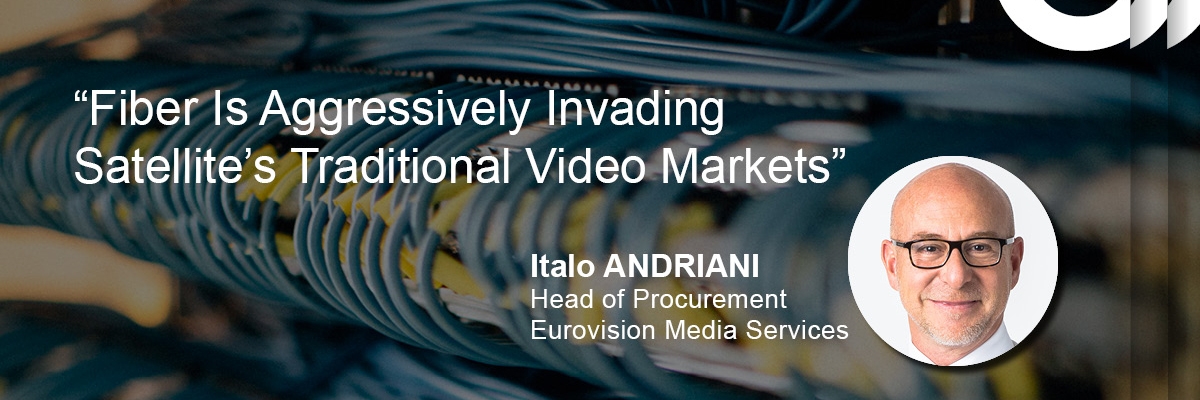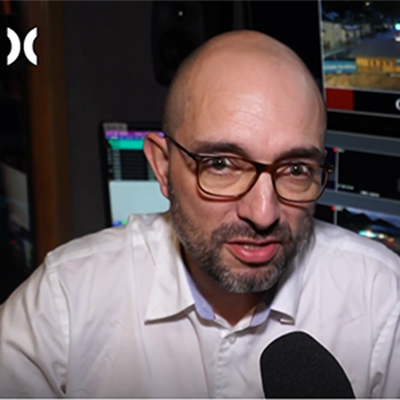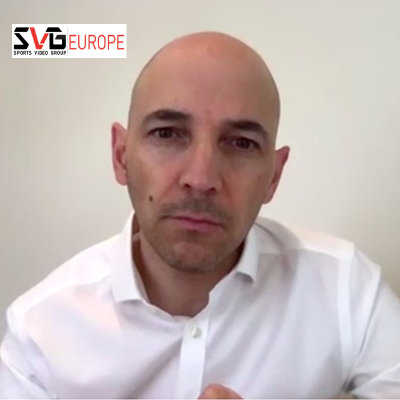

Fiber Is Aggressively Invading Satellite’s Video Markets
Although video broadcasting has been a reliable source of revenue for satellite operators, fiber technology could become a challenge.
Although video broadcasting has been a reliable source of revenue for satellite operators for decades, the rapid evolution of fiber technology could become a major challenge for these legacy satellite businesses. From the perspective of Italo Andriani, head of procurement for Eurovision Media Services, satellite has not kept pace with improvements in the cost of fiber on the video side. If the trend continues, fiber telcos could end up swiping some of the broadcast market share satellite operators have relished for so long.
“In recent years, the real technology development is tangible in the telco market more than satellite as far as we’re concerned. [Fiber] allows us to deliver more innovative media services at a more affordable cost and is a reliable solution. That has not always been the case for the satellite market,” Andriani said in an interview with Via Satellite. “It’s not my personal opinion, unfortunately; this is what we see in the market.”
Historically, according to Andriani, fiber was seen as a complementary, alternative solution to satellite in specific regions. For Eurovision Media Services, this is still the case. However, “it’s getting more competitive” as new kinds of demand springs up.
Eurovision Media Services, the commercial arm of the European Broadcasting Union (EBU), is in a bit of a unique position, as it is focused on the Business-to-Business (B2B) market. Rather than bring content directly to end users, the brand distributes broadcast and digital streaming signals to major TV broadcasters and media platforms. Its global network contains a mix of high capacity fiber and satellite coverage across Asia, Europe, the United States, the Middle East and Latin America.
The brand’s focus on news, sports and other live events mean its requirements are driven mainly by event holders such as sports federations and the tech trends they’re pursuing. So while Eurovision Media Services is relatively immune to the disruptive impact of a company like Netflix or other Over-the-Top (OTT) providers that don’t offer live content, it is seeing demand for “more content, more signals, superb quality and minimum delay,” according to Andriani.
One clear trend is the move toward 4K/Ultra-High Definition (Ultra-HD) content. In 2018, some of the biggest football events will be produced and distributed in Ultra-HD, Andriani said. At the same time, sports federations and media organizations are asking for more content available in different forms — such as via social media — on top of the more traditional distribution services.
As a result, Eurovision Media Services is looking for new ways to optimize content quality and cost within its existing bandwidth. It is continuously evolving its satellite content distribution platform called Eurovision Hypermux, which processes multiple channels in multiple formats (including data) per carrier and allows numerous transmissions in varying bandwidths simultaneously.
Satellite remains the go-to medium for the most popular events, where Eurovision Media Services is sending signals to potentially 100 different broadcasters at the same time. But for anything that requires more point-to-point transmissions, fiber is growing increasingly attractive due to its low price point and improving availability.
From the perspective of the satellite operators, it seems Eutelsat is one of the few that is still pursuing video as a significant part of its business. “I really believe that the video segment is extremely resilient,” said Eutelsat Chief Executive Officer (CEO) Rodolphe Belmer last week during an on-stage panel at the 2018 SATELLITE Conference & Exhibition. “The dynamics of the video segment via satellite are positive. The revenues are very robust and the profitability is good.”
To be clear, Eurovision Media Services is committed to years-long contracts for multiple transponders with a number of satellite operators across its markets. In February, it also announced an extension of its partnership with Eutelsat for Ku-band capacity on the Eutelsat 10A satellite. So satellite isn’t going anywhere, at least for this brand.
But Andriani warns that as satellite operators have focused primarily on introducing new services related to data, internet accessibility and maritime, fiber telcos are aggressively horning in on their long-held territory in the video market. “Our baseline in terms of worldwide coverage will not be universally replaced by fiber for sure. Our satellite and fiber networks complement each other. Nevertheless … in the satellite market I do not see as many big changes compared to what is expected in fiber terrestrial networks and the evolution of the internet itself,” he said.



